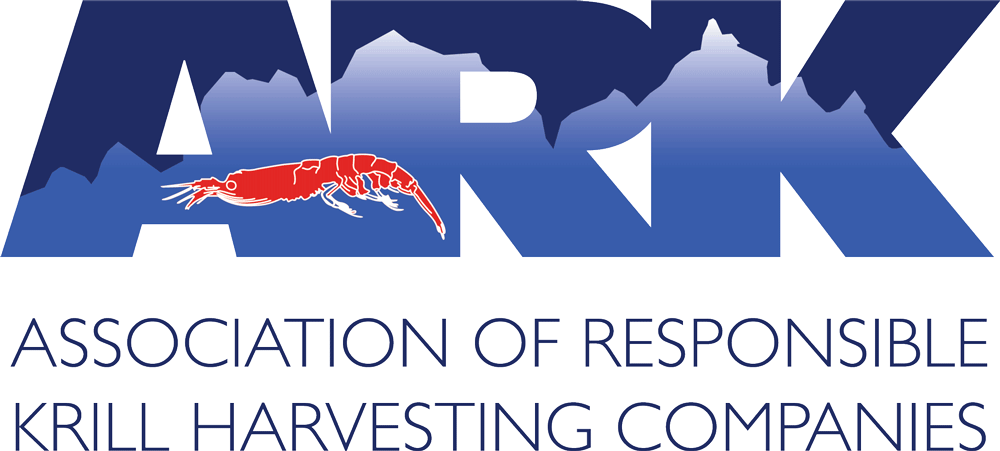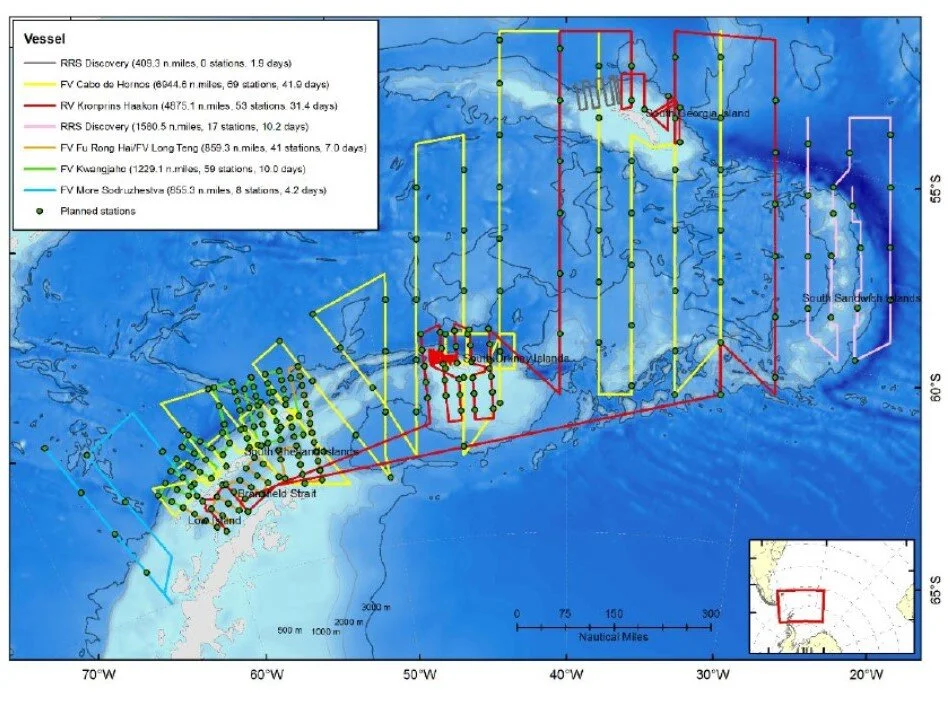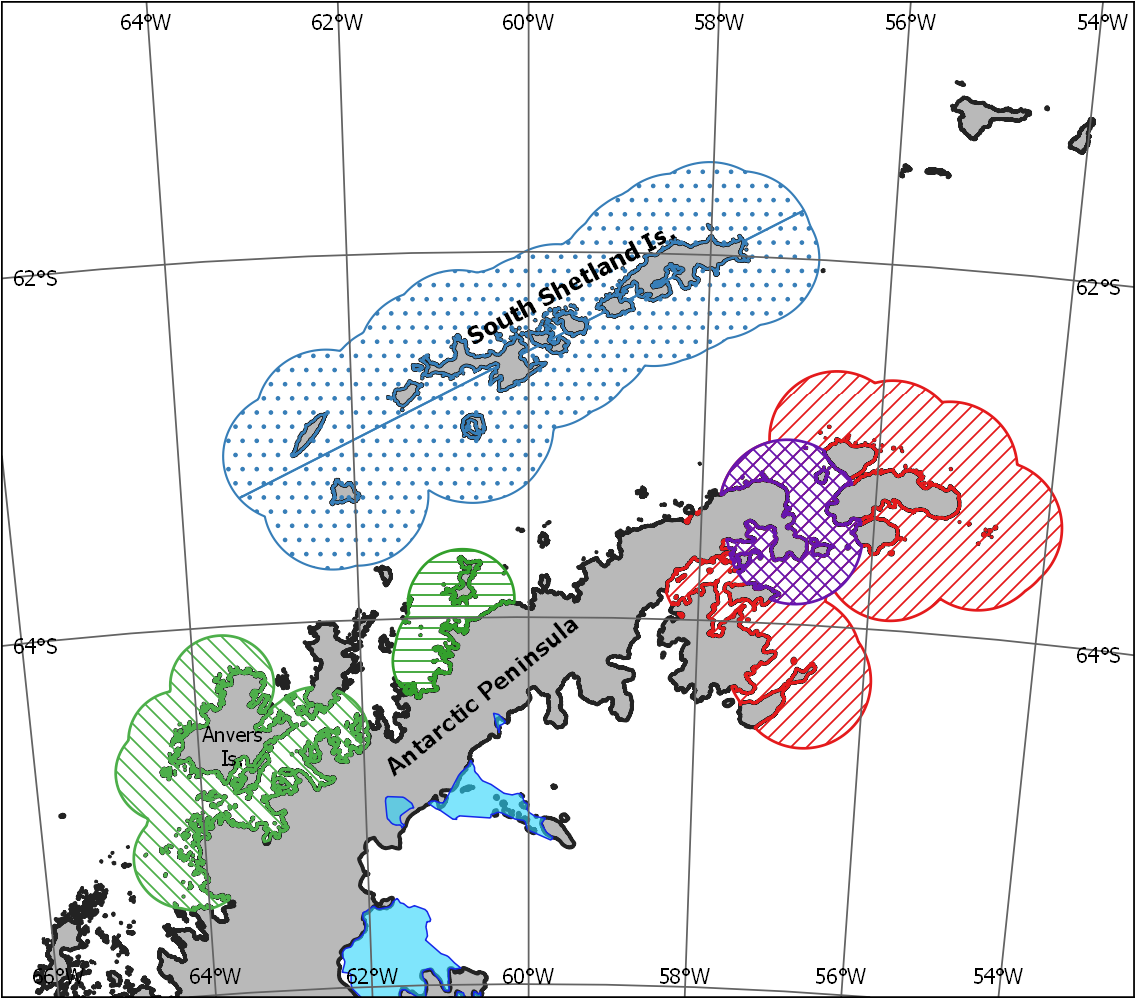Our Projects
ARK played a key role during the 2019 large-scale krill survey, which estimated krill biomass for the whole of Area 48. The overall biomass estimated was 62.6 million tonnes, a result very similar to the CCAMLR 2000 Survey.
The Norwegian Institute for Marine Research (IMR) and Aker BioMarine have been monitoring the marine ecosystem around the South Orkney Islands since 2011, to provide a baseline on krill…
ARK has committed to conducting annual transects at selected areas, following the advice from CCAMLR’s Scientific Committee (SC-CAMLR) to understand changes in krill density.
The Yellow Sea Fisheries Research Institute of China and the Liaoning Pelagic Fisheries Co. have been conducting a krill survey around the South Shetland Islands since 2013, to provide a baseline on krill...
























